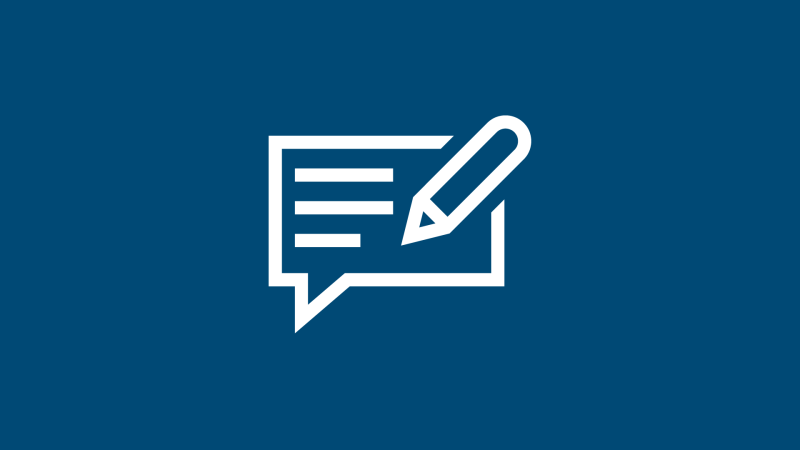Call me, maybe? 3 prerequisites to dial in into the world of data ecosystems
Data is the raw material of the 21st century. It’s key to solving the challenges of the manufacturing industry, i.e. achieving higher efficiency, better product quality, and more sustainable processes. On the organizational level, most companies have understood this fact and are working on unearthing and utilizing their own data treasure. However, to get the most out of your data and implement use cases for more complex challenges, you need to go beyond the individual level – and towards cross-company data-sharing and usage.

Prerequisites
How can this be done? What do you need to exchange data with other organizations without giving up your data sovereignty, and without compromising on safety? And how do you even make sense of data from thousands of different sources? The answer is three-fold – and can most easily be explained using the example of trying to call someone you don’t know via a landline telephone.
Real-life solutions
With the recent partnership of T-Systems and Bosch Connected Industry, users can receive both the phone plug and the phone book from a single source: T-Systems has integrated the Digital Twin Registry from our Bosch Semantic Stack portfolio into its “Data Intelligence Hub”. While the hub itself works as a system integrator and connector, the Digital Twin Registry fulfills the role of the phone book for storing and managing hundreds of millions of digital twins.
You want to learn more about both technologies and how they work together? In a recent talk at Bosch Connected World 2024, experts from Bosch Connected Industry and T-Systems explained how these solutions open the door towards data-driven success
Watch the video
Get in touch with us
Monday – Friday, 9 a.m. – 4 p.m. CET



